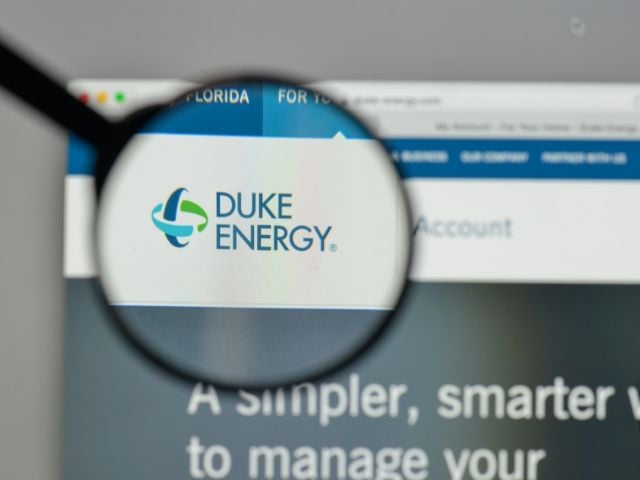
Earlier this month, President Trump made a couple of unsubstantiated statements about wind power.
“If you have a windmill anywhere near your house, congratulations, your house just went down 75 percent in value,” he said. “And they say the noise causes cancer.”
Unsubstantiated? Sen. Chuck Grassley (R-Iowa) went farther. Grassley, an original sponsor of the federal tax credit for wind, said the president’s comments were “idiotic.”
Trump’s statements are a continuation of the administration’s antipathy toward wind and other sources of renewable energy, in contrast to its ongoing efforts to bail out money-losing coal plants. But the winds of change are not blowing in his favor.
According to the American Wind Energy Association, or AWEA, since the tax credit’s passage, Grassley’s state has become a wind powerhouse, with wind making up more than a third of Iowa’s electric power generation. And Iowa’s not an outlier: Wind also supplies more than a fifth of the electricity in Kansas, Oklahoma, the Dakotas and Maine.
The wind industry is operating in every state, and growing fast.
AWEA estimates that wind generates enough power to supply 30 million homes. That’s up from 20 million homes just three years ago, and wind projects in advanced stages of development will soon boost it to 42 million. Offshore wind in the U.S. is in its infancy, but there are offshore wind projects in early stages of development from North Carolina to Massachusetts. Last year also saw more corporate contracts for wind than ever before.
The president’s curious comments come as wind is enjoying strong support across the political spectrum. Last year, a Pew Research Center poll found that 96 percent of liberal Democrats want more wind development – not a surprise, but 71 percent of conservative Republicans feel the same way.
As for property values? A survey by the Center for Wind Research, at the University of Delaware, found that 90 percent of respondents who live within five miles of wind turbines would rather live near turbines than nuclear, coal or natural gas plants.
AWEA’s annual report shows many reasons for Americans to support wind.
- The nearly 100,000 megawatts of wind turbines currently operating provide more than $700 million in local and state taxes and nearly $300 million in land lease payments, mostly in rural areas.
- The wind industry now employs 114,000 people at living wages, 24,000 of whom are in manufacturing. This exceeds the number of those employed at natural gas, coal or nuclear power plants.
- Wind power generation prevents the emission of 200 million metric tons of carbon dioxide every year. That’s more than 10 percent of total carbon emissions from electrical systems.
- Wind power displaces lung-damaging emissions from coal and natural gas plants. Last year the use of wind power averted an estimated $9 billion in health care costs.
- The U.S. harbors abundant wind resource potential. Department of Energy data show that the technical potential for onshore and offshore wind power is more than 10 times the amount of current natural gas, coal and nuclear power capacity. Not all of this potential will be built, but it is virtually impossible that we will ever exhaust it.
Not only are there really no limits to wind power but technological advances are also making it more efficient. AWEA says that current wind turbines generate more than 60 percent more electric power compared to those installed a decade ago.
The Trump administration’s attempts to save coal are falling on deaf ears. The economic and public health benefits of wind are now felt across the nation and political spectrum. Wind energy is here to stay and grow as a vital component of our electric power system.


